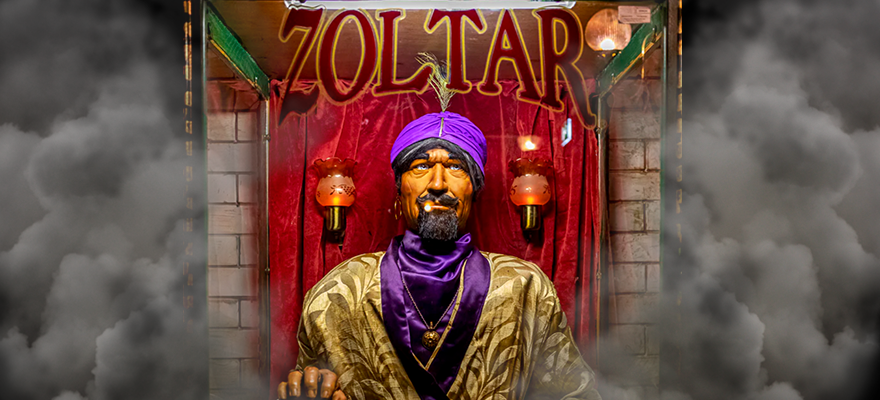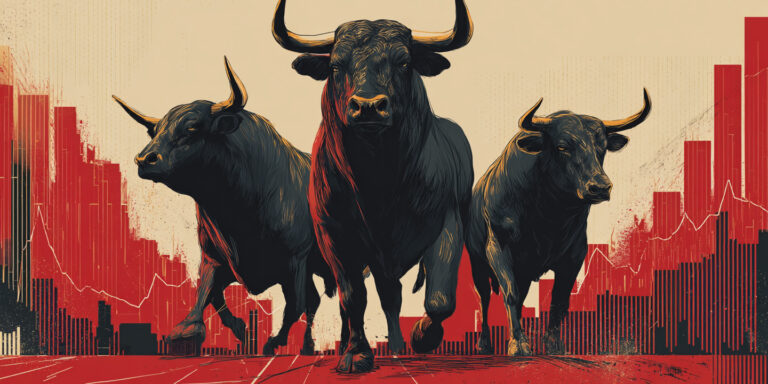
Photo by Hulki Okan Tabak on Unsplash
TL;DR
- 2020: swings in advertising rates fueled the growth of category disruptors.
- Brands that could track customer lifetime value (LTV) fared best.
- 2021: we’ll see AI replacing in-channel growth hacking, the merging of brand & performance marketing, and influencers continuing to dominate.
- Regardless of trends, fix your fundamentals: arm yourself with the right customer data (LTV) and remove barriers to quick decision-making.
If 2020 taught us anything, it’s that we can’t predict the future. After the longest bull market in history, the pandemic paused the party. Forecasts were redrawn, advertisers slashed budgets, and employees were furloughed.
As summer began, digital-first businesses like Doordash, Peloton, and Wealthsimple, who were well-positioned before the pandemic accelerated and emerged stronger than ever. Growth rebounded, favoring companies who had the real-time data to observe changing customer behavior and who could adapt quickly. Look no further than Airbnb’s head-turning $100B IPO only months after laying off 25% of its workforce and shuttering several lines of business. What lessons can marketers learn from 2020 and what should we expect in 2021? We can’t predict the future, but that won’t stop us from trying.
It was my pleasure to discuss these topics with growth guru Michael Kuznetsov, formerly of edesign Health & Talkspace. Our key takeaways are summarized below.
In 2020 the winners had…
DATA
In 2020, we saw dramatic swings in the cost of advertising or CPMs, the price that platforms like Google charge for 1,000 views of an ad. When the pandemic hit, marketing budgets were slashed while viewership spiked, resulting in substantially lower CPMs. TV and ad networks like Facebook saw declining rates by as much as 50%, creating a rare opportunity for savvy marketers to cheaply promote their products. By June, CPM rates had largely recovered, but shrewd companies had exploited this trend for growth. Teams equipped with the data infrastructure to monitor and quickly take advantage of shifting advertising rates outperformed those who didn’t.
CPMs dropped as much as 50% creating an rare opportunity for savvy brands to cheaply scale
THE RIGHT data
While many brands saw the drastically cheaper CPMs, not everyone took advantage of them — why? During the peak of the pandemic, companies were not only concerned about lowering costs but also increasing revenue. Brands that could estimate the revenue and profitability impact of additional marketing spend were able to act. Brands that could project the lifetime value (LTV) of newly acquired customers could confidently test into expanding marketing spend despite the market uncertainty. Businesses that could only track cost data, were left waiting for revenue figures to populate weeks or months later, missing the boat. For additional ideas on how brands can leverage customer LTV data for better decision making refer here.
ACTED ON the right data
Unfortunately, having the right data to see & size opportunities didn’t empower everyone to use it. The pandemic’s top performers ran experiments to validate their hypotheses, communicated their findings internally, and quickly secured alignment for additional investment. Winners benefited from accelerated decision making — operating in environments where CEOs, CMOs, and CFOs work in lockstep, looking at the same data, and deploying resources to new opportunities with agility. Online learning platform Masterclass is an example of a company that rapidly expanded Facebook advertising despite market uncertainty, helping it close a $100 million funding round during the peak of the pandemic. Brands who entered the pandemic with pre-established standardized reporting, effective experimentation processes, and speedy cross-functional decision-making were best positioned to take advantage of emerging trends.
Winners had CEOs, CFOs & CMOs working in lockstep, using test data to make agile investment decisions
But enough about 2020 — it’s time to turn the page…
2021 Marketing Trends & Predictions
AI replaces in-channel growth hacking.
For most direct-to-consumer brands, ad networks like Facebook and Google are their primary marketing channels. As more companies upload their conversion and revenue data into these platforms, audience targeting is becoming more advanced. Marketers can now access automated bidding (Google) and budget optimization tools (Facebook), which leverages machine learning to target customers, removing the need for manual adjustments and guesswork that made “growth hacking” famous. In 2021, look for expanded use of Automated App Campaigns — where you can create ads by uploading 50 videos, images and headlines and allow the platform to dynamically identify the top-performing combinations for you.
AI removes the need for the manual adjustments and guesswork that made “growth hacking” famous
Pro Tip: Goal your marketing efforts against LTV vs. cost or CPAs. Former stars like BlueApron fumbled this by cheaply scaling customers while neglecting retention, churn, and profitability.
Brand and performance begin to merge.
After more than a decade apart, smart combinations of performance and brand marketing will start to emerge. Marketing has recently been separated into two camps: quantitative, direct response efforts (performance) and qualitative, creative (brand). Data teams will get better at quantifying the impact of brand marketing — treating it more like performance but with a longer attribution window. Michael has some great thinking on attributing offline “brand” channels here.
In 2021, watch out for creative performance platforms like Pencil, which allow you to create dozens of quality videos ads in minutes by simply uploading brand “raw materials” like product shots and keywords, or Copy AI, which uses machine learning to generate creative copy in seconds. These tools will empower marketers to develop branded creative at scale that combines storytelling with performance.
Creative performance platforms use branded “raw materials” to make dozens of high quality ads in minutes
Influencers continue to dominate with “Native Creative”
Brands will continue to grow via the creator economy, influencers, and native creative that blurs the line between paid and editorial content. Creator platforms like TikTok, Instagram, and YouTube will continue to flourish as demand soars (users now spend ~15% of their awake time on social media) and platforms roll out more formats to increase supply and lower CPMs (even LinkedIn has launched a stories feature!).
Pro Tip: Some influencers are great but many are not. Making new channels work requires time and experimentation. Leverage scrappy freelancers or agencies like Mile End Growth to get started.
Trends are temporary; fix your fundamentals.
Trends come and go, but fundamentals are forever. Brands won in 2020 because their foundation was solid before the pandemic. Start with your data: ensure it’s accurate, timely, and accessible. Focus on customer lifetime value (LTV) and attracting the 20% who deliver 80% of your profit. Accelerate decision-making: optimize for cross-team communication and agile resourcing. Your c-suite needs to work in lockstep to seize opportunities as they arise. In 2020, we had no idea how a pandemic would upend our lives. The better you understand your consumer and their changing needs, the more they’ll look to you as the pandemic ebbs into 2021 and beyond.


